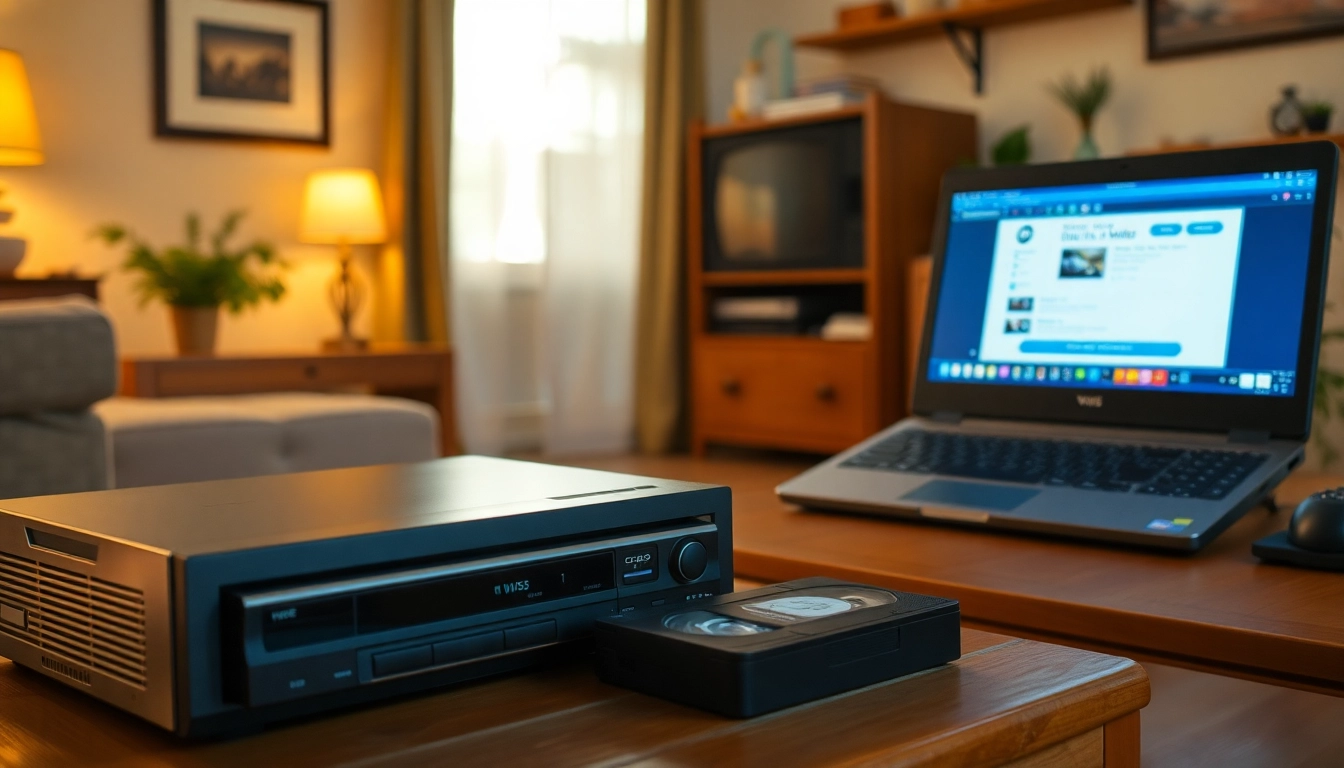Strategien für effektives Marketing für Pflegedienste: Tipps zur Kunden- und Mitarbeitergewinnung

Einleitung zum Marketing für Pflegedienste
In der heutigen, dynamischen Welt der Gesundheits- und Pflegebranche nimmt das Marketing für pflegedienste eine entscheidende Rolle ein. Ambulante Pflegedienste stehen vor der Herausforderung, ihre Dienstleistungen nicht nur effektiv anzubieten, sondern auch potenzielle Klienten und Mitarbeiter anzuziehen. Marketingstrategien, die speziell für die Bedürfnisse dieser Branche entwickelt wurden, können den Unterschied zwischen einem florierenden Dienst und einem, der Schwierigkeiten hat, ausmachen.
Die Bedeutung von Marketing im Pflegewesen
Marketing im Pflegewesen geht weit über die traditionelle Werbung hinaus. Es beinhaltet eine strategische Ansprache der Zielgruppen, den Aufbau einer starken Marke und die Schaffung eines positiven Images. In einem Sektor, in dem Vertrauen und Zuverlässigkeit entscheidend sind, kann eine gut durchdachte Marketingstrategie den Unterschied ausmachen. Essenziell ist auch das Verständnis, dass die Ansprache von Angehörigen, Pflegebedürftigen und potenziellen Mitarbeitern gleichermaßen wichtig ist.
Aktuelle Trends im Marketing für Pflegedienste
Mit der Digitalisierung verändern sich auch die Marketingstrategien im Pflegebereich. Social Media wird zunehmend wichtig, um jüngere Klienten oder deren Familien zu erreichen. Plattformen wie Facebook, Instagram und sogar LinkedIn bieten Pflegediensten die Möglichkeit, sich zu präsentieren, Fachartikel zu teilen und ihre Expertise unter Beweis zu stellen. Zudem bleibt Content-Marketing ein wichtiger Trend, der durch wertvolle Informationen und Geschichten Vertrauen aufbaut.
Zielgruppenanalyse für Pflegedienste
Die Identifikation und Analyse der Zielgruppen sind grundlegende Schritte in jeder Marketingstrategie. Für Pflegedienste bedeutet dies, nicht nur Patienten zu verstehen, sondern auch ihre Familien, Ärzte, und andere Gesundheitseinrichtungen. Die Bedürfnisse, Wünsche und Herausforderungen jeder dieser Gruppen sollten ergründet werden, um maßgeschneiderte Marketingstrategien zu entwickeln.
Marketingstrategien für Pflegedienste
Traditionelle Werbung und ihre Wirksamkeit
Trotz der digitalen Transformation ist traditionelle Werbung, insbesondere im lokalen Kontext, nach wie vor relevant. Flyer, Plakate und Zeitungsanzeigen können dazu beitragen, in der Gemeinschaft sichtbar zu sein. Bei der Verwendung dieser Medien sollten Pflegedienste jedoch Kreativität zeigen und ansprechende Designs wählen, um die Aufmerksamkeit potenzieller Klienten zu gewinnen.
Digitales Marketing: Online-Präsenz und Social Media
Eine starke Online-Präsenz ist heute unverzichtbar. Eine gut gestaltete Website, die Informationen über Dienstleistungen, Ansprechpartner und Kontaktmöglichkeiten bereitstellt, ist der erste Schritt. Social Media Kanäle ermöglichen es Pflegediensten, direkt mit der Community zu interagieren und ein Personal Branding aufzubauen. Posts über tägliche Aktivitäten, Geschichten von Klienten oder auch Tipps zur Pflege können wertvolle Engagements erzeugen.
Content-Marketing für Pflegedienste
Content-Marketing ist eine Strategie, die darauf abzielt, durch relevante und wertvolle Inhalte Vertrauen zu schaffen und Zielgruppen zu informieren. Dies kann durch Blogbeiträge, Videos oder Informationsmaterial erfolgen. Indem Pflegeanbieter ihre Kenntnisse und Erfahrungen teilen, positionieren sie sich nicht nur als Experten – sie können auch Fragen beantworten, die viele potenzielle Klienten haben, und damit ein Gefühl von Sicherheit und Kompetenz vermitteln.
Kundengewinnung durch zielgerichtete Maßnahmen
Netzwerken und Partnerschaften im Pflegebereich
Die Zusammenarbeit mit anderen Gesundheitseinrichtungen oder Dienstleistern kann eine hervorragende Möglichkeit sein, neue Klienten zu gewinnen. Netzwerken innerhalb der Branche, etwa durch lokale Gesundheitsmessen oder Workshops, hilft, Kontakte zu knüpfen und Beziehungen aufzubauen, die schließlich zu Empfehlungsquellen werden können.
Verwendung von Empfehlungsmarketing
Empfehlungsmarketing ist eine der effektivsten Methoden zur Kundengewinnung. Zufriedene Klienten und deren Familien sind oft die besten Markenbotschafter. Pflegedienste sollten Anreize schaffen, um Empfehlungen zu fördern, etwa durch ein Belohnungssystem oder spezielle Events, die Klienten und deren Angehörige zusammenbringen.
Events und Informationsabende
Veranstaltungen wie Informationsabende oder Tag der offenen Tür bieten eine hervorragende Gelegenheit, potenzielle Klienten direkt anzusprechen. Diese Formate ermöglichen es, Vertrauen aufzubauen, Transparenz über die bereitgestellten Dienstleistungen zu schaffen und die eigene Expertise zu demonstrieren. Mit gezielten Einladungen können Angehörige und Interessierte angesprochen werden.
Der Einsatz von Fördermitteln im Pflegedienstmarketing
Fördermöglichkeiten für Pflegedienste
Viele Pflegedienste haben Zugang zu Fördermitteln, die es ermöglichen, Marketingstrategien umzusetzen, die sonst möglicherweise nicht finanzierbar wären. Zuschüsse von der Bundesregierung oder von lokalen Trägern können genutzt werden, um Kampagnen zu starten oder Online-Präsenzen zu stärken. Es ist wichtig, diese Mittel aktiv zu suchen und Anträge rechtzeitig zu stellen.
Effektive Umsetzung von geförderten Marketingaktionen
Um aus diesen Fördermitteln das Beste herauszuholen, müssen klare Strategien entwickelt werden. Eine präzise Planung der Maßnahmen, gepaart mit einer klaren Zieldefinition, ist unerlässlich. Regelmäßige Überprüfungen und Anpassungen der Strategien helfen dabei, die geplanten Ziele zu erreichen und die Fördergelder effektiv zu nutzen.
Messung und Analyse des Erfolgs von Förderprojekten
Zur Sicherstellung des Erfolgs ist es wichtig, die Ergebnisse der durchgeführten Marketingmaßnahmen zu messen. Hier kommen Analysetools zum Einsatz, die zeigen, wie gut die Strategien nach der Umsetzung funktionieren. Statistiken zu Website-Besuchen, Social Media Engagements oder Anfragezahlen helfen, den Erfolg zu bewerten und gegebenenfalls Anpassungen vorzunehmen.
Herausforderungen und Lösungen im Pflegedienstmarketing
Umgang mit rechtlichen Vorgaben
Im Gesundheitsbereich gibt es zahlreiche rechtliche Rahmenbedingungen, die bei Werbung und Marketing berücksichtigt werden müssen. Pflegedienste sollten sich über die Richtlinien im Klaren sein und diese rechtzeitig in ihre Strategien integrieren, um rechtliche Schwierigkeiten zu vermeiden. Es kann sinnvoll sein, rechtlichen Rat hinzuzuziehen, um sicherzustellen, dass alle Marketingaktivitäten den gesetzlichen Vorgaben entsprechen.
Budgetierung der Marketingmaßnahmen
Die Budgetierung spielt eine entscheidende Rolle im Marketing. Jeder Pflegedienst muss klären, wie viel Geld er bereit ist, in Marketing zu investieren, und wie diese Mittel effizient eingesetzt werden können. Ein klarer Finanzplan, der sowohl kurzfristige als auch langfristige Ausgaben berücksichtigt, ist für den Erfolg unerlässlich.
Der Umgang mit Konkurrenz im Pflegebereich
Der Wettbewerb im Pflegesektor ist stark. Um sich erfolgreich abzusetzen, müssen Pflegedienste ihre Alleinstellungsmerkmale herausarbeiten und diese in ihren Marketingstrategien deutlich kommunizieren. Analysen der Konkurrenz, ihre Angebote und Ansätze können wertvolle Informationen bieten, um die eigene Position im Markt zu stärken und gezielt anzupassen.








